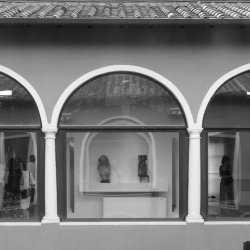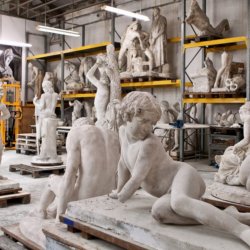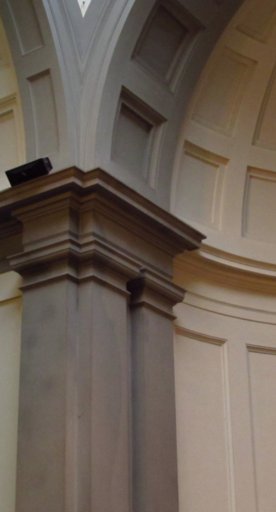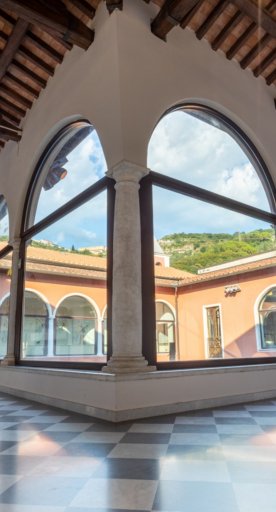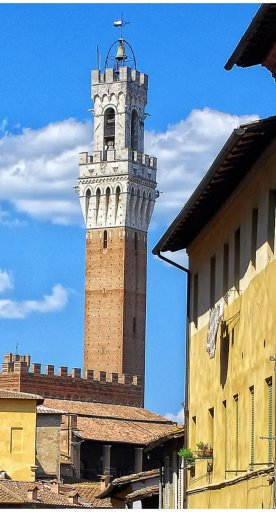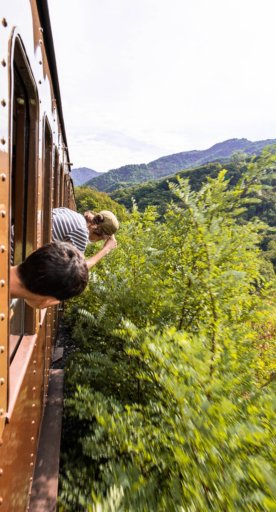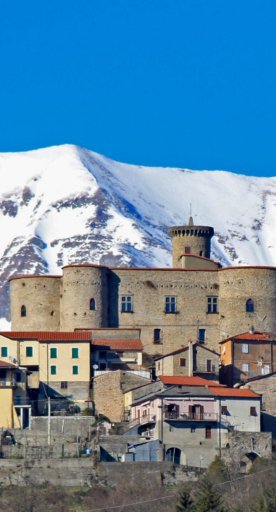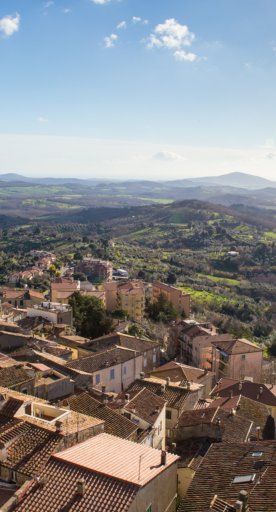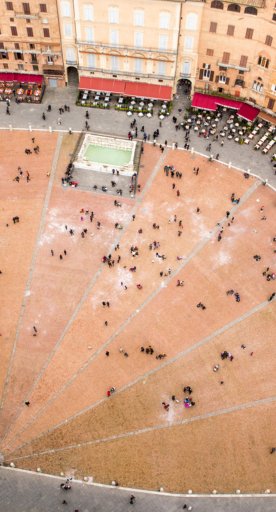Discovering Valtiberina in 5 stops
Stare in awe of a charming place in the Arezzo area
The Valtiberina, or Upper Tiber Valley, is an area of the province of Arezzo that is off the beaten track yet extremely charming and perfect for a trip out. This valley takes its name from the River Tiber, which begins in Emilia-Romagna, continues into Tuscany and flows as far as Umbria and Lazio.
-
1.Sansepolcro
-
2.Anghiari
-
3.Monterchi
-
4.Caprese Michelangelo
-
5.Pieve Santo Stefano

It marks the eastern border of Tuscany, including the municipalities of Anghiari, Caprese Michelangelo, Monterchi, Pieve Santo Stefano and Sansepolcro in the province of Arezzo.
The appearance of the region is pleasant: imagine a huge amphitheatre, such as only nature can create...
Pliny the Younger to Domitius Apollinaris
Plenty of rural and mountainous areas characterize the Upper Tiber Valley. But that’s not all. Here you can admire a varied and fascinating landscape, discover the places frequented by St. Francis and many monasteries and churches. You can also admire Piero della Francesca and his art and follow in the footsteps of Michelangelo and Leonardo. Let’s take a look at what you can see and do.
Sansepolcro
Sansepolcro is the main town in the Valtiberina area, situated at the foot of the Apennines. There is a legend associated with the foundation of Sansepolcro: its origins can be traced to two pilgrim saints, Arcano and Egidio. On their return from the Holy Land, they stopped in this valley and, thanks to a sign from God, they decided to stay and build a small chapel to house the holy relics, which they’d brought from Jerusalem. Here you can visit the town’s Civic Museum, containing masterpieces by Piero della Francesca as well as many other museums such as the Aboca museum and the museum of ancient stained glass; pay a visit to the cathedral and countless churches, such as Santa Marta, Santa Maria delle Grazie, San Francesco, San Rocco and Sant’Antonio Abate.
If possible, visit Sansepolcro in occasion of the Palio della Balestra (crossbow tournament), held every year on the second Sunday in September, when a large number of citizens dress in medieval costume.

Anghiari
Anghiari stands out in the wonderful landscape of Valtiberina. Visit the fortress town and the surrounding nature reserve (on foot or horseback or by mountain bike). The town itself is a jewel: take a stroll in the medieval streets and discover the abbeys, monasteries and small churches, which offer a variety of itineraries for discovering the spiritual side of the town.
Read more here!

Monterchi
Monterchi is a medieval hamlet that originated as a sacred site for the Ancient Romans. There is a small museum dedicated to the Virgin Mary, where you can find the stunning fresco painting The "Madonna del Parto" by Piero della Francesca. If you come here between June and September you can take part in a series of “garden concerts”, held at the Museo della Madonna del Parto.
As regards food, don’t miss the polenta festival, which occurs annually in September.
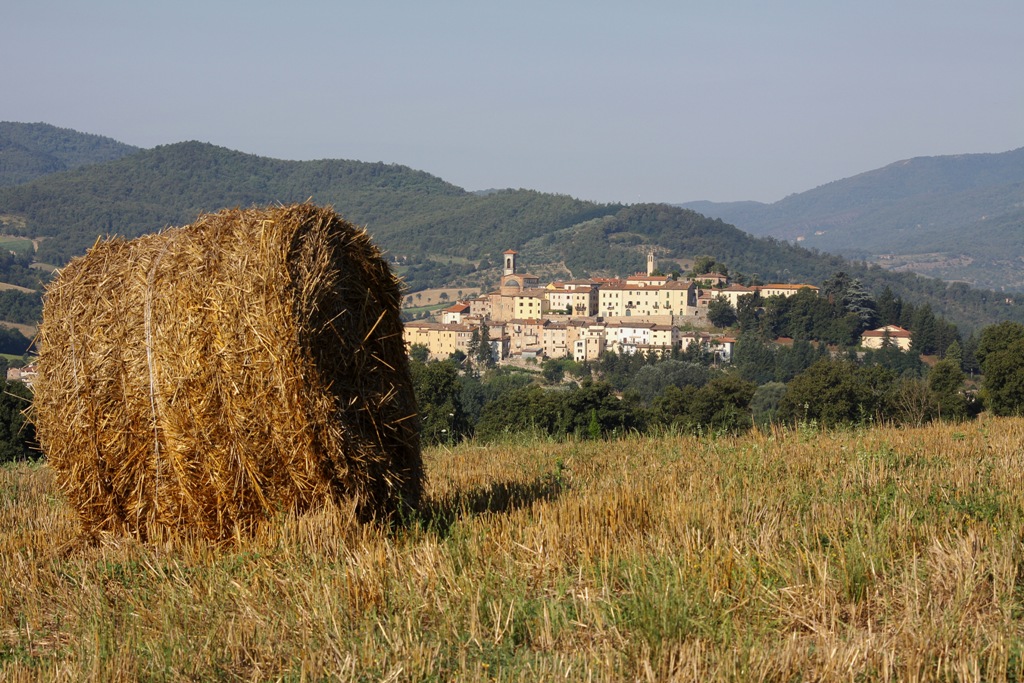
Caprese Michelangelo
Caprese Michelangelo, as the name suggests, is the birthplace of Michelangelo. The great master is present everywhere here: his memory lives on today in the church of St. John, within the castle walls containing the Michelangelo museum, in his childhood home and in Palazzo Clusini, home to the town hall. There are also many churches that deserve a visit and many places that show the passing of St. Francis during his travels, such as the church of St. Polo, the chapel of Zenzano and the Casella monastery. Food lovers should pay a visit to the chestnut festival.

Pieve Santo Stefano
Pieve Santo Stefano, known as the “City of the Diary” (it gathers together thousands of diaries, memoirs and letters) is a village much loved by Lorenzo the Magnificent. It is thanks to him that the town was embellished with works by Della Robbias, Piero della Francesca and Ghirlandaio.

This article was originally written by Oriana Papadopoulos.

